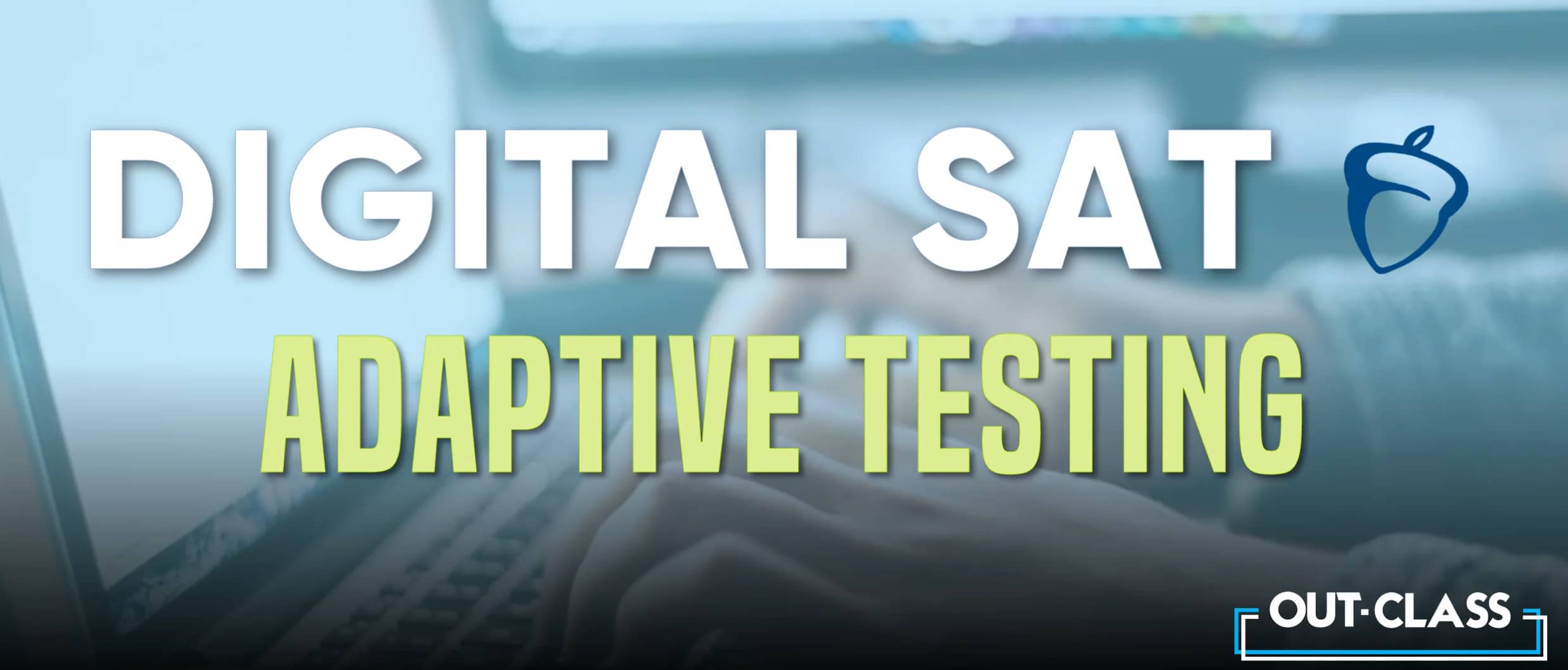Recently, College Board introduced a new Digital SAT, and the primary reason for implementing this new test format has been to incorporate adaptive testing. The test will be administered through College Board's custom-built app, Bluebook, which can be installed on your digital device.
This blog will delve deeper into adaptive testing by exploring what it is and how it will change the course of standardized testing.
What is Adaptive Testing?
Adaptive testing is a modern testing approach that factors a student’s current standing in the test and accordingly adjusts the level of difficulty of the subsequent questions to follow. Hence, by doing so, it ensures the questions that the candidates are receiving are tailor-made to their level of comprehension and understanding of the testing material.
How Does SAT Utilize Adaptive Testing?
In our previous blog post, Breaking Down the Digital SAT, we discussed the two main areas of testing in the SAT: Evidence-Based Reading and Writing, and Mathematics. Each of these components is divided into two modules. It's worth noting that Module 1 is standardized, while Module 2 is adaptive.
| Section Breakdown | Module 1 | Module 2 |
| Section 1: Evidence-Based Reading and Writing | Students are assigned a balanced combination of easy, medium and hard questions. | In Module 2, questions are assigned based on a student's number of correct responses in Module 1. |
| Section 2: Mathematics | Students are assigned a balanced combination of easy, medium and hard questions. | In Module 2, questions are assigned based on a student's number of correct responses in Module 1. |
It may initially seem confusing, but there's no need to worry! Let's take a closer look at this and explore it further.
SAT Test Patterns:
If students excel in Module 1, they will face more difficult questions in Module 2. Conversely, if students find Module 1 challenging, they will see fewer hard questions in Module 2.
However, it's vital to understand that Module 1's performance significantly influences Module 2. A weak performance in Module 1 can lead to a student facing easier questions in Module 2. While this may sound advantageous, it's important to note that even if students answer these easier questions correctly, their overall score won't drastically improve.
In short, excelling in Module 1 is crucial as it determines the question set of Module 2. Answering these questions, especially the challenging ones, is key to securing a high score.
Concluding Remarks
The use of technology in adaptive testing is transforming the SAT experience, providing students with a more personalized evaluation of their skills. To excel in this new setup, students must familiarize and adapt themselves to it.


